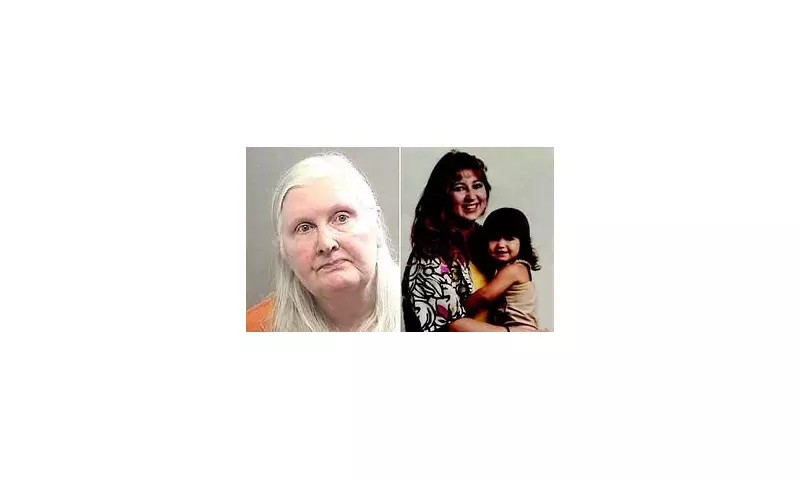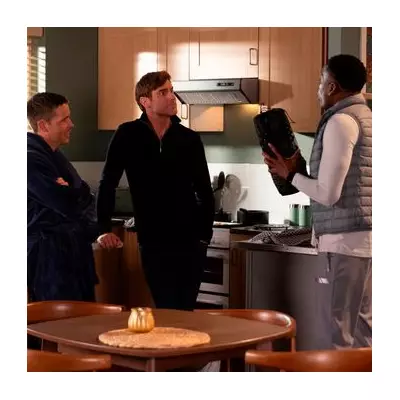
University Students Crack Decades-Old Murder Case
A remarkable collaboration between academia and law enforcement has led to a major breakthrough in a Texas murder case that had remained unsolved for more than three decades. Janie Perkins, 63, was arrested by US Marshals on Monday in connection with the 1991 murder of 25-year-old Cynthia Gonzalez, thanks to investigative work conducted by criminology students at the University of Texas Arlington.
The Tragic Disappearance and Discovery
The case dates back to September 16, 1991, when Cynthia Gonzalez, a mother-of-one working as an adult entertainer, left her home to meet a client and never returned. Her ex-husband reported her missing the following day, prompting an immediate search. Police quickly located her abandoned vehicle, raising concerns she might have been kidnapped.
Tragically, on September 22, 1991, Gonzalez's body was discovered on private property in a rural part of Johnson County. The investigation revealed she had been shot multiple times, and her body was found in a state of decomposition. Despite receiving several leads over the years, authorities were unable to make any arrests until the university partnership provided fresh perspectives.
The Cold Case Partnership That Made History
The breakthrough came through a new partnership between the University of Texas Arlington and the local police department, launched in the autumn. Selected students in the criminology program were given access to extensive case files, including what senior lecturer Patricia Eddings described as 'massive amounts of paperwork' containing all evidence except physical items.
Police Chief Al Jones expressed his astonishment at the rapid success, stating: 'When we launched our cold case partnership with UTA, we always hoped we'd get an outcome like this one day. I don't think any of us expected that lightning would strike the first time.' The program proved particularly valuable as the police department lacks a full-time cold case unit, with detectives only able to work on unsolved murders between active investigations.
How the Students Uncovered the Truth
The dedicated students reviewed up to 500 files related to Gonzalez's case, during which Janie Perkins began to stand out as a prime suspect. Their analysis revealed crucial details from the original investigation: Perkins and Gonzalez had been good friends who shared a romantic partner. Just weeks before the murder, the unidentified partner had told Perkins he was ending their relationship to be with Gonzalez.
During the original investigation, Perkins had no alibi for the night Gonzalez disappeared and failed two voluntary polygraph tests when questioned about her friend's death and disappearance. Most damningly, she had told police she was glad Gonzalez was dead and admitted having thoughts about killing her or having someone else do it. However, without physical evidence and with polygraph tests being inadmissible in court, prosecutors couldn't bring charges at the time.
The Evidence That Secured the Arrest
The students' focused questions about Perkins prompted detectives to re-examine witness statements that had been overlooked. Investigators discovered that witnesses had previously stated that Perkins admitted involvement in her friend's murder and revealed specific details that weren't publicly known. When detectives compared these statements to the case evidence, they found compelling alignment.
Based on this renewed investigation, authorities concluded that Perkins had either participated in or facilitated Gonzalez's kidnapping and murder. US Marshals arrested Perkins in Axle, Texas on November 6, charging her with one count of capital murder. She was booked into Tarrant County Jail but later released on a $150,000 bond.
Justice After 34 Years of Waiting
For Jessica Roberts, who was only six years old when her mother was murdered, the arrest brings long-awaited closure. At a news conference, Roberts expressed her gratitude to the students, saying: 'I am so thankful for this program and I'm so proud of these students at UTA, and I'm so thankful for what they have done in the time they've spent and the effort they've put into this case.'
Roberts described learning about the arrest as leaving her feeling 'overwhelmed, shock, excitement, just a mixture of everything.' She added that the identity of the suspect particularly shocked her, noting that Perkins had been 'apparently a good friend of our mom's' and expressing disbelief 'that somebody so close could do something like this.'
A Future in Criminal Justice
For Alyssa Ramirez, a senior criminal justice major who plans to become a detective after graduating in December, the experience confirmed her career choice. 'I'm very happy that she's not only getting answers but getting closer to closure as well,' Ramirez said. 'And I think that's exactly why I chose this field - to be able to do that for people who haven't been able to.'
The successful resolution of this 34-year-old cold case demonstrates the powerful potential of partnerships between academic institutions and law enforcement agencies, offering new hope for families waiting for justice in other unsolved cases across the country.





